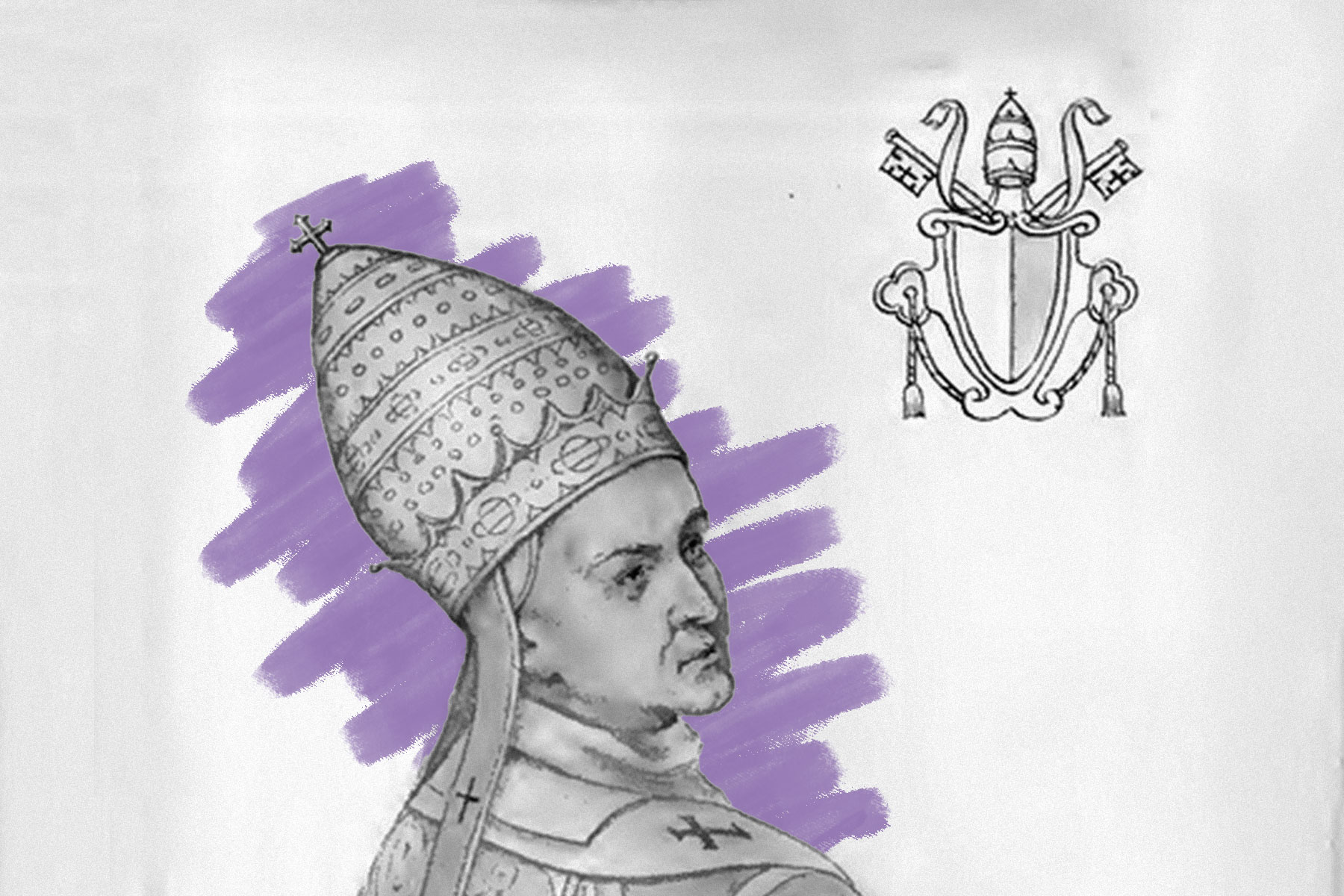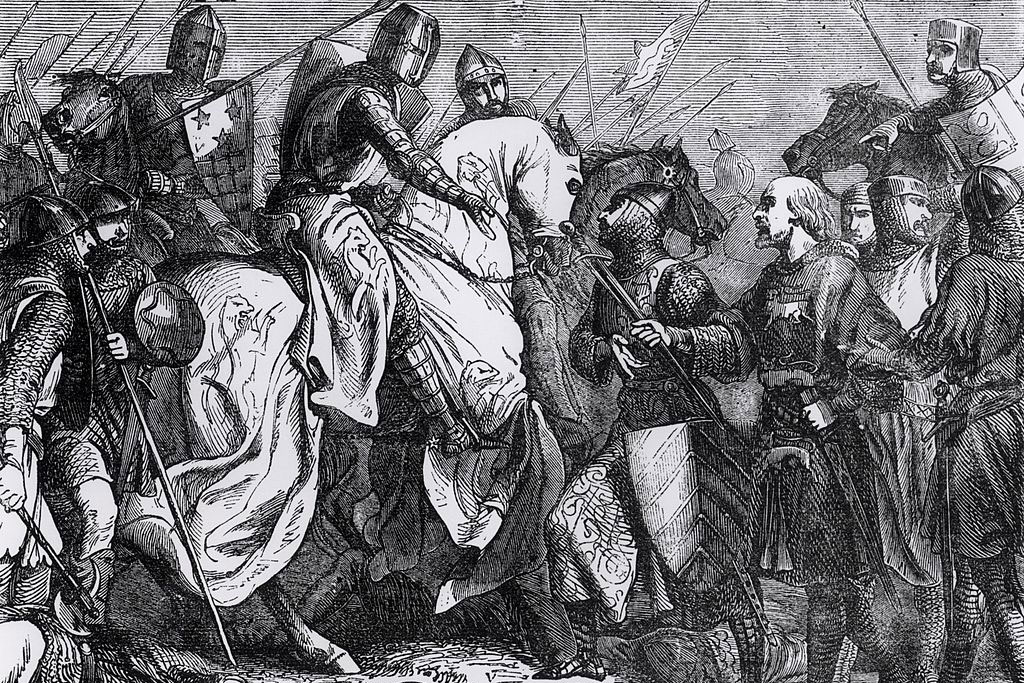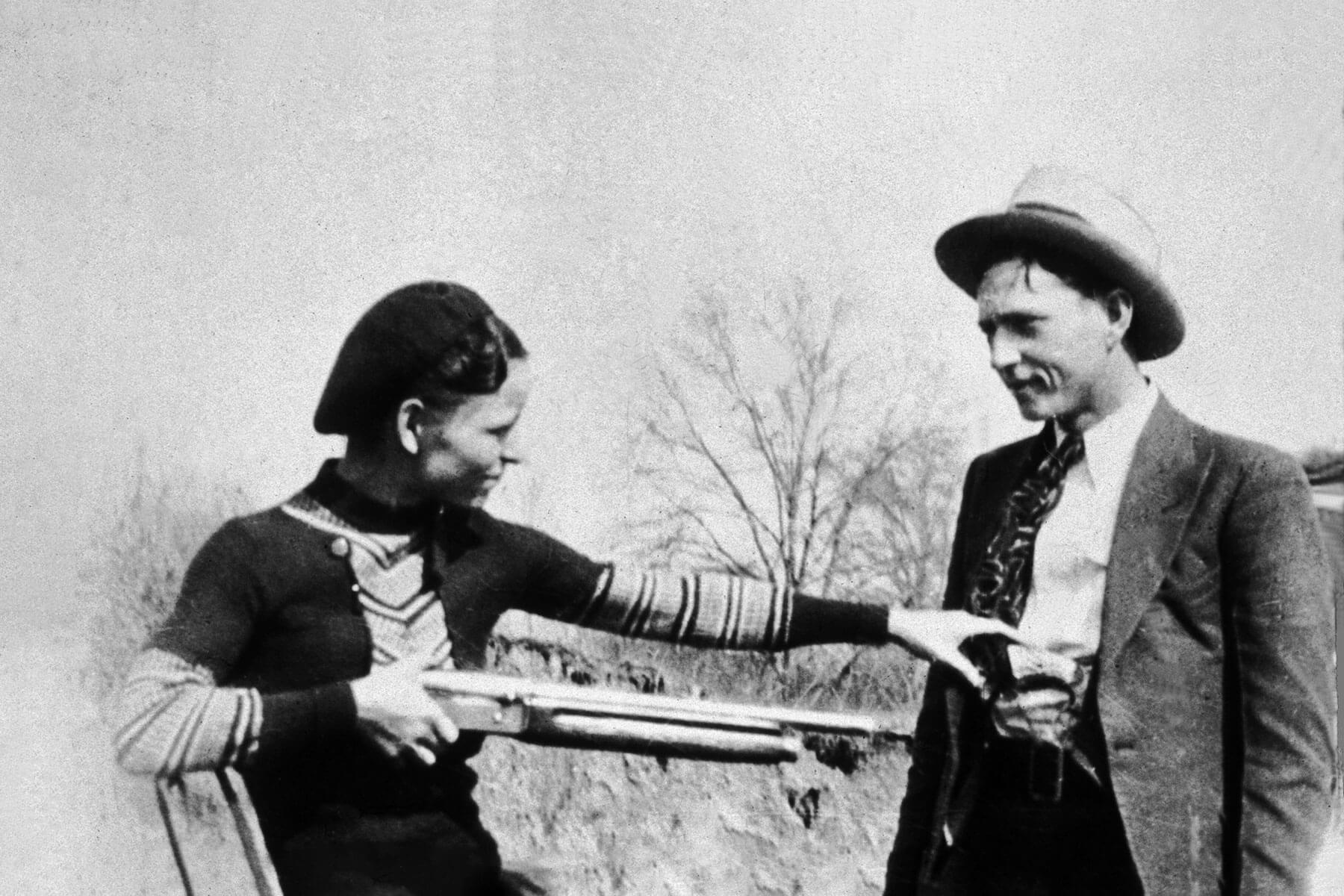 |
Benedict IX served as pope on three different occasions. |
World History |
 |
| |
| Sylvester's time as pope was brief, as supporters of Benedict IX expelled Sylvester from the role, allowing Benedict to return in April 1045. But Benedict's second pontificate lasted only until the following month, as he notoriously sold the papacy to his grandfather Gregory VI. This act landed Gregory in hot water; he was deposed in December 1046 and replaced by Clement II. Clement met an untimely demise a few months later, allowing Benedict to seize the papacy for a third and final time in October 1047. Benedict IX remained pope until July 1048, when he was driven away by forces under the control of Holy Roman Emperor Henry III. | |
 | |
 | |||||||||
By the Numbers | |||||||||
| |||||||||
| |||||||||
 | |||||||||
| |||||||||
Benedict XII was accidentally elected pope. | |||||||||
| On December 20, 1334, the College of Cardinals gathered to elect a new pope after the death of John XXII. The process of selecting the pope required a two-thirds majority, though it was common for many cardinals to throw away their initial vote on an obscure candidate, as it often took several rounds for a majority to come together around one person. Selecting someone unlikely to win was done in an effort to test the tone of the room and gauge how others were voting before finally coalescing around a winner. This time, however, the strategy backfired, as 11 of 16 cardinals voted for Jacques Fournier, a candidate deemed to have obscure origins and to lack wealth and followers. Given the rules of papal conclaves, revotes weren't permitted once a majority had been reached, and so Fournier was thrust into the papacy. He took the papal name Benedict XII and assumed the role on January 8, 1335. | |||||||||
 | |||
Recommended Reading | |||
 | |||
| | |||
 | |||
| | |||
| + Load more | |||
| |||
| |||||||||
| Copyright © 2023 History Facts. All rights reserved. | |||||||||
| 700 N Colorado Blvd, #513, Denver, CO 80206 | |||||||||
|





No comments:
Post a Comment